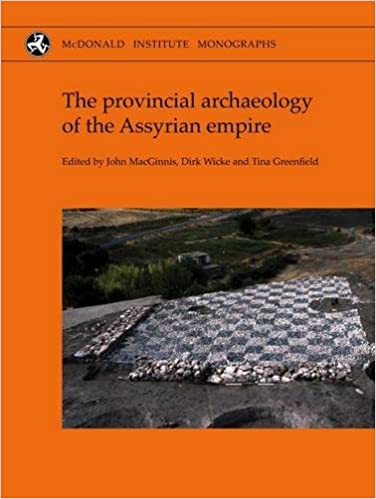First two paragraphs from the article
Excavations at Tell Tayinat, located on the Plain of Antioch in southeast Turkey, have uncovered the remains of a late Neo-Assyrian settlement (c. late eighth–seventh centuries BC), including an Assyrian governor’s residence and, most recently, a temple and a collection of cuneiform tablets dating to this period. Historical sources attest that Tayinat (ancient Kunulua) was destroyed by Tiglath-pileser III in 738 BC, and then transformed into an Assyrian provincial capital, renamed Kinalia, or Kunalia, as indicated in the recently discovered Esarhaddon Oath Tablet, and supplied with its own governor and provincial administration. The archaeology of the Late Iron Age settlement at Tayinat therefore offers an opportunity to examine both the physical dimensions of a Neo-Assyrian provincial centre, but also the bureaucratic organization that was established to administer it.
This paper will review the results of the Syrian-Hittite Expedition’s excavations at Tell Tayinat in the 1930s, together with the results of the ongoing Tayinat Archaeological Project investigations from this period. They reveal a carefully planned provincial capital that incorporated Assyrian architectural elements and imperial ideology skillfully interwoven with indigenous social and cultural institutions.
Publication Type
- Article



